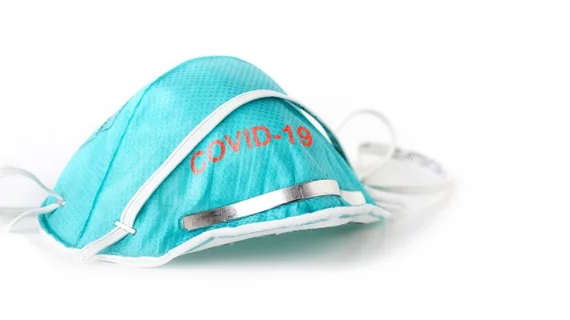RSNA’s imaging guidelines for COVID-19 demonstrate value, but highlight CT’s limitations
RSNA’s consensus guidelines for using chest CT to evaluate patients for COVID-19 are quite accurate in a real-world setting, according to a new analysis published in the American Journal of Roentgenology. However, there does appear to be some room for improvement.
“Early in the COVID-19 pandemic, data suggested that COVID-19 exhibited a distinct CT appearance from other pneumonias and that CT was more sensitive than reverse transcriptase-polymerase chain reaction (RT-PCR) in diagnosing COVID-19,” wrote Mark M. Hammer, MD, a radiologist at Brigham and Women’s Hospital in Boston. “It was thus suggested to use CT as a diagnostic tool for suspected COVID-19. To standardize reporting, RSNA developed expert consensus guidelines for reporting COVID-19 related findings on chest CT. The performance of these guidelines has been evaluated, though typically in select populations, with subspecialty-trained radiologists and retrospectively reviewed images.”
Hammer analyzed data from more than 2,600 patients evaluated using the RSNA guidelines. All patients were treated from April 200 to March 2021, and RT-PCR results were extracted from the electronic medical record when applicable. Patients with known COVID-19 at the time of the clinical assessment were excluded from this analysis.
Overall, Hammer found that the RSNA Consensus Guidelines for COVID-19 were associated with a sensitivity of 69%, specificity of 91% and positive predictive value (PPV) of 55%. The “moderate” sensitivity and “high” specificity were similar to the results of a prior study, but the PPV was considerably lower than the previously reported percentage (87.8%).
COVID-19 was confirmed in just 13% of this real-world study’s cohort, Hammer noted, which may explain the lower PPV.
“The findings indicate the challenge of broad application of CT for COVID-19 diagnosis,” Hammer wrote. “Limitations of CT are exacerbated when applied outside of surges, when prevalence is low.”
The specialist concluded his findings by noting that radiologists “may be most helpful in practice” by learning to lean more on clinical context and communication with referring physicians.
Click here for the full evaluation.

